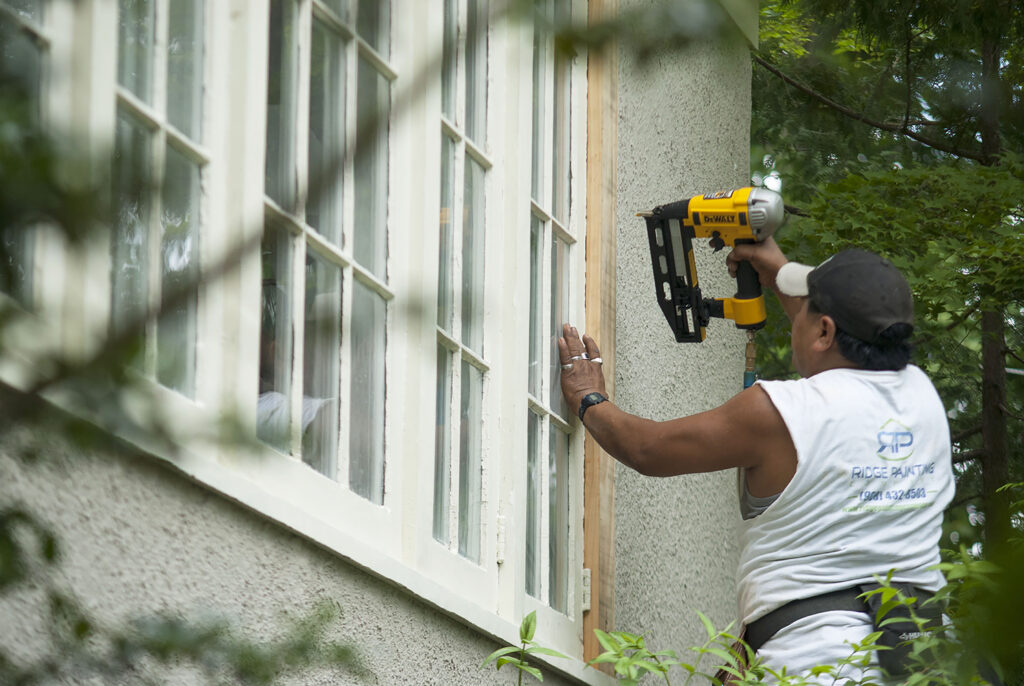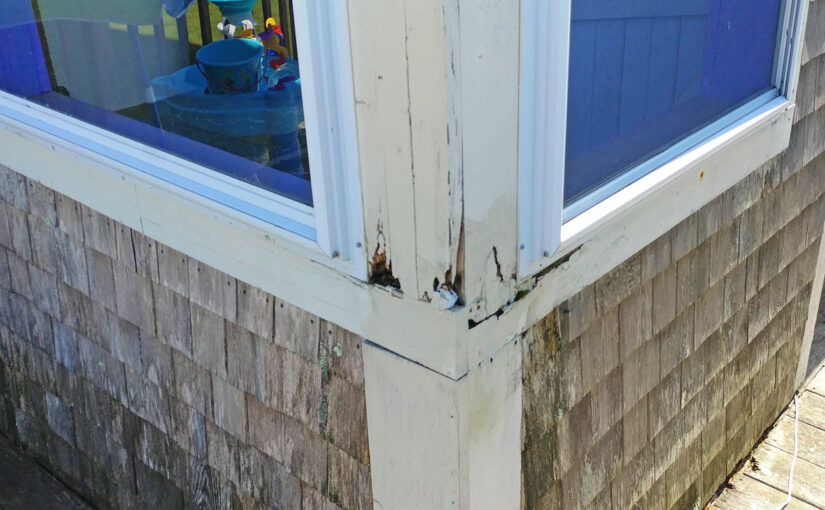When it comes to home maintenance, painting is often seen as a cosmetic update, a way to refresh the look of a home or protect surfaces from the elements. However, the longevity of a paint job, its ability to prevent further damage, and its overall aesthetic appeal hinge on more than just the quality of the paint or the skill of the painter. The condition of the surface being painted, especially when it involves wood, plays a crucial role in the outcome and durability of the paint job. This article delves into why replacing rotten wood before painting is not just a recommendation but a necessity for homeowners looking to preserve the integrity and beauty of their homes.
Longevity of Paint Job
The foundation of a lasting exterior paint job lies in the preparation of the surface to be painted. Paint adheres best to surfaces that are clean, powerwashed, dry, and stable—an ideal scenario that rotten wood cannot offer. Rotten wood is typically moist, weak, and unstable, characteristics that are antithetical to paint adhesion. When paint is applied over rotten wood, it may initially seem that the problem is solved, but this is a short-lived illusion.
Painting over rotten wood leads to a host of problems that compromise the paint’s durability. Peeling occurs as the paint fails to adhere properly to the unstable surface. Cracking and bubbling follow, as moisture trapped in the rotten wood tries to escape. These defects not only mar the appearance of the paint job but also necessitate frequent touch-ups and complete repaints, incurring additional costs and effort.
Moreover, the presence of moisture in rotten wood can lead to the oxidation of paint, causing discoloration and further diminishing the paint’s protective qualities. This creates a vicious cycle where the paint continues to deteriorate at an accelerated pace, leading to premature failure of the paint job.
Prevention of Further Damage
One of the primary reasons to have carpentry repair completed on rotten wood before painting is to prevent the spread of decay. Rotten wood is a symptom of underlying problems, typically moisture intrusion, that, if not addressed, can lead to more extensive damage. Painting over rotten wood conceals the damage but does nothing to halt the decay process. Underneath the fresh coat of paint, the deterioration continues, weakening the structure and potentially affecting adjacent materials.
The fungi responsible for wood rot thrive in the moist environment provided by rotten wood. When this is painted over without addressing the moisture issue, it creates an ideal breeding ground for the fungi to proliferate. This not only accelerates the decay of the wood but can also lead to the spread of fungi to other parts of the home, increasing the scope and cost of repairs.
Replacing rotten wood before painting allows for the opportunity to identify and rectify the source of moisture, be it a leak, poor drainage, or high humidity. This proactive approach not only stops the current decay but also prevents future damage, ensuring the longevity of both the wood and the paint applied over it.

Aesthetic Appeal
The aesthetic appeal of a freshly painted home is undeniable. A new coat of paint can transform a tired, weathered exterior into a vibrant and inviting facade. However, the success of this transformation largely depends on the condition of the surface beneath the paint. New or undamaged wood provides a smooth, uniform canvas that enhances the finish of the paint, allowing its true color and texture to shine through.
Rotten wood, on the other hand, compromises the aesthetic appeal of a paint job. Its uneven texture and compromised structure can lead to an irregular paint surface, with bumps, dips, and ridges that are visible and palpable. Such imperfections detract from the smooth, uniform finish that homeowners desire, making the painting effort seem lackluster despite the use of high-quality paint and techniques.
Furthermore, the presence of rotten wood can lead to color discrepancies in the paint. As the wood continues to deteriorate beneath the paint, it can affect the paint’s color stability, leading to uneven fading or discoloration. This not only affects the visual appeal of the home but can also signal the presence of deeper structural issues to onlookers, potentially affecting the home’s curb appeal and value.
Conclusion
The decision to replace rotten wood before painting is more than a cosmetic consideration; it’s a vital step in ensuring the longevity, durability, and beauty of a paint job. By addressing the root cause of wood decay, homeowners can prevent further damage, save on future repair costs, and achieve a paint finish that enhances the aesthetic appeal of their home. This proactive approach to home maintenance ensures that the investment in painting yields lasting benefits, preserving the integrity and beauty of the home for years to come. In the world of home improvement, the best outcomes are built on solid foundations, and when it comes to painting, nothing is more foundational than the condition of the surface being painted.

